Is Cecilia Vega TV's Next Diane Sawyer?
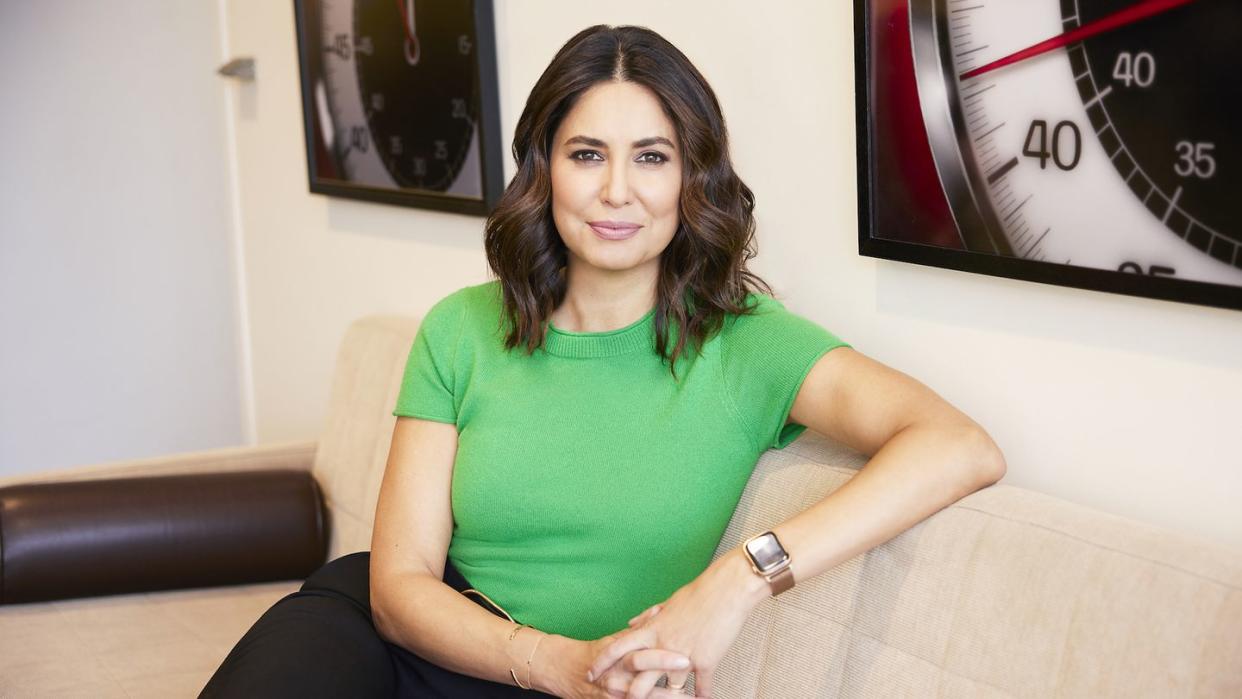
- Oops!Something went wrong.Please try again later.
- Oops!Something went wrong.Please try again later.
- Oops!Something went wrong.Please try again later.
- Oops!Something went wrong.Please try again later.
The boys were no more than five or six, sitting by themselves in the dark on an empty road in the Mexican side of the border with the United States. It was spring 2021 and Cecilia Vega, then the chief White House correspondent for ABC News, had managed to untether herself from her daily grind for an assignment on the migrant crisis that would soon focus on unaccompanied minors.
Leaning down to speak to the boys in Spanish, she asked them for their “lifelines” on the other side. One had a phone number for his grandfather inside his baseball cap. The other merely had a phone numbers of family members whose digits, written inside his pants, had already worn off.
“There's no way that border officials could have tracked down this kid's parents or family,” Vega recalls over lunch in midtown Manhattan. “To this day I still wonder what happened to those little boys. It was the most heartbreaking story.”
It was also the kind of story she was uniquely prepared to do. On Sunday, the world will see the 46-year-old Vega unleashed as the newest correspondent on 60 Minutes, television's most venerable, and highest-rated, newsmagazine. When she introduces herself just as Mike and Morley and Diane once did, Vega will have a chance to show us what she can do as the series enters its 55th season.
“What is this?” she says of her time since her soft open debut this spring. “This Disneyland journalism world? It feels surreal. I'm choosing things that I want to do and stories that I feel passionate about, that I would want to watch and read.”
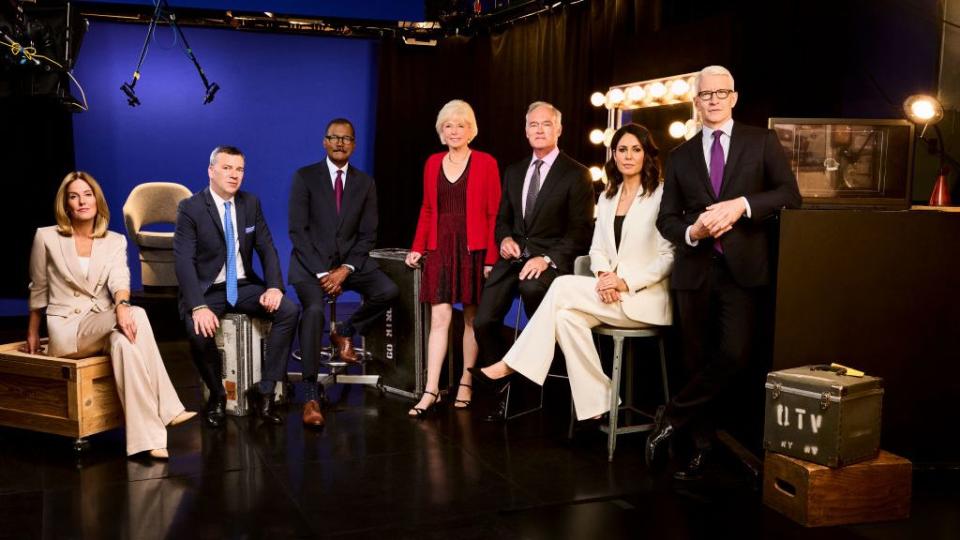
The upcoming season will help define who Vega is and her place within the historic program, one that according to Nielsen still reaches 9 million viewers ever as linear television increasingly fades from our lives. Even as the show finds its footing on new platforms, it is a tentpole for a network that suddenly finds itself without stars or writers due to the strikes that have paralyzed Hollywood. For six episodes this fall, broadcasts will run for 90 not 60 minutes.
“This is very cliche,” says executive producer Bill Owens, as he points to 60 Minutes’ YouTube and playback numbers. “But we are trying to reach people wherever they are. People want to get educated around these big topics. And I think, on our best nights, that's when we do our best work.”
Not that the future scares Vega. Once again, she is unfazed by the prospect of being another “first.” Before this assignment, she was the first Latina White House correspondent for an English-language network. (Spanish-language networks have a much better track record on this front, as a new exhibit opening today at the Smithsonian underlines). And now, she's the first Latina on the crown jewel of the Tiffany network.
“The whole ‘first thing’ is very nuanced for me,” she tells me. “I think about it in terms of my family. I think of my community. We never saw brown people on television. I think of it in terms of the young people who are coming up in our business. I’ve heard from so many since I started who are just like, ‘Holy shit, you did it.’ That means a lot to me. But I have to be very conscious about how much pressure I'm putting on myself. That can be an exhausting drumbeat to have to hit all the time. Sometimes it's just like, ‘Guys, we’ve got to fix this. It shouldn't be this hard. Where are the people? Why is it taking this long?”
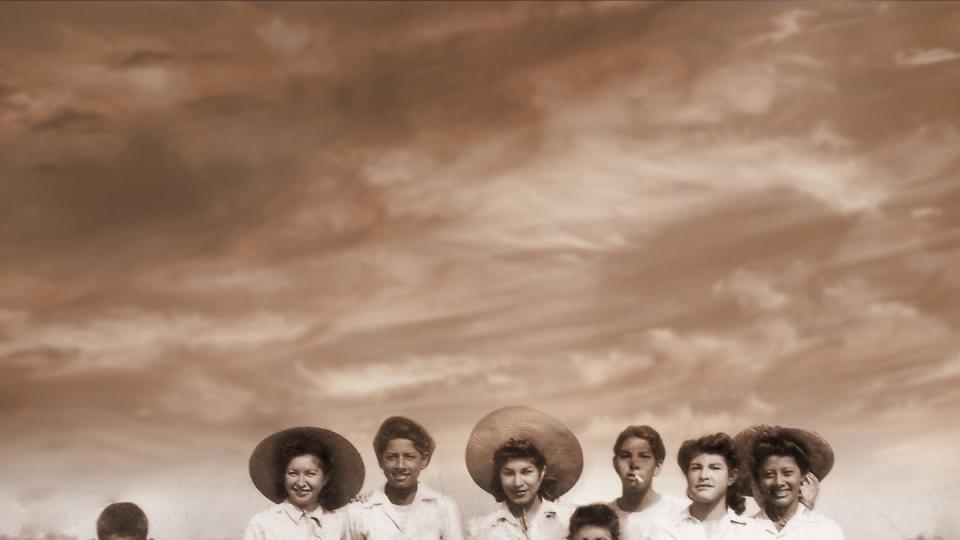
Vega’s American story begins in Hayward, California. It was there that her grandmother, Christina, settled after leaving Mexico behind. A sepia-toned photograph that Vega keeps in her office and her home in Washington D.C. shows a smiling woman surrounded by family, her sombrero perched around her neck, and a little boy grasping a carton of tomatoes from the field. They betray none of the fatigue they must have felt from a day of labor. It was left to her mother, Janis, to carry on Christina's dream, and she raised Vega, who was born in Northern California’s East Bay, and her brother Nick, largely alone while working an office job in the University of California system.
“She told both my brother and me, ‘You guys have to leave. There's this world out there,’” Vega says. “She never really traveled very much. But she encouraged both of us to go away to school. And never come back.”
Drugs took Vega’s father, Raul, out of the picture for most of her life. They reconnected in her later 20s before he died of liver failure. “What we learned from growing up with a father who was an addict was that that addiction is not a choice. That's a hard lesson to learn as a kid," she says. "He never got to see where I ended up. He would have been really, really proud of where I am.”
Vega had already done well by then. With her mother’s prodding, she did go away, to American University in Washington D.C. to study journalism, then to a fellowship to the non-profit journalism school at the Poynter Institute. She rose through reporting gigs at the San Bernardino Sun and the Santa Rosa Press Democrat, finally finding her way to the San Francisco Chronicle.
Once a common track for so many journalists, it was in daily newspapers that Vega first made a name for herself. As a City Hall reporter for the Chronicle, she found herself in conflict with then-mayor Gavin Newsom, who battling both personal scandals and budget deficits (“God, you used to give me so much shit,” Vega recalled Newsom telling her recently during an interview for a forthcoming 60 Minutes story). But she could see the newspaper business changing—and with it her job. Meanwhile, she’d done spots for KGO-7, the local ABC affiliate. The station liked what they saw in her and made overtures for her to come on board. Each time she said no. She was not that kind of reporter.
Finally, she called to see if the offer still held. Before Vega knew it, she was at a broadcast “carwash” in Dallas, the bootcamp one goes to learn to walk and hold your own in front of a camera. As she started this new life, little did she know that others from afar were watching.
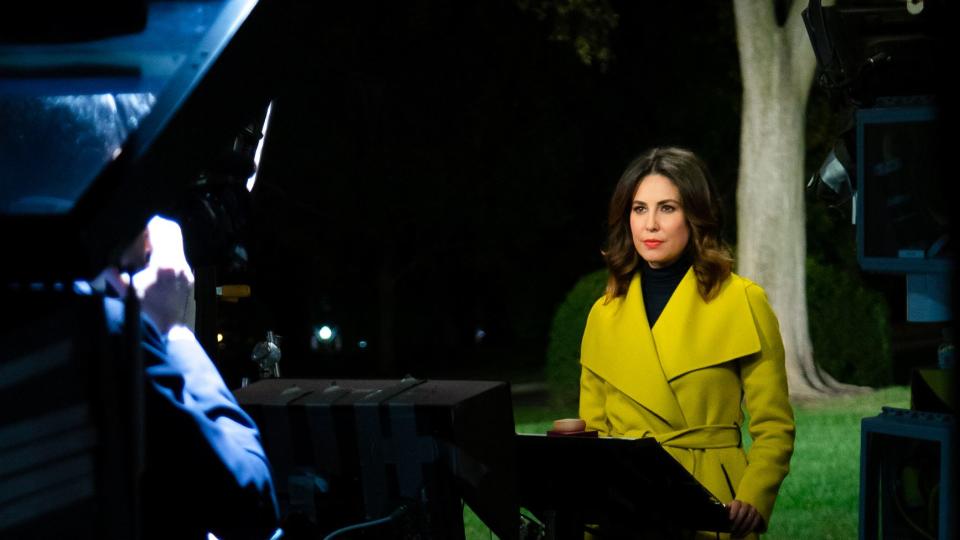
“Have you met Diane yet?”
Vega had been called to New York to meet with executives from ABC News. For three years she’d reported on local news out of Oakland. Now, in 2011, she believed, there might be a chance to move on.
But hearing “Diane” raised the stakes. This was Diane Sawyer, the first female correspondent for 60 Minutes and a longtime stalwart at ABC who’d come over from CBS in 1989. At that moment, Vega knew she wasn’t just there to interview at the network level. She was there to stay. In truth, Sawyer had been aware of Vega for quite some time. When the two finally met, Sawyer sat down on a sofa and held Vega’s hands.
“Now’s the time,” she told Vega. “You’re going to come and do this.”
This meant working as a solid, steady utility player for the next twelve years. Vega traveled to the Fukushima nuclear plant for Nightline twice after the disaster, risking exposure to radiation, and even successfully masked her seasickness against a typhoon. She flipped flan as a fill-in co-host for Good Morning America, and stepped in as the anchor for ABC World News Tonight.
Then, 2016 changed everything for her. She covered Hillary Clinton's campaign from the start, and, on election night, as returns showed what many thought unfathomable, she made a decision about her future: she would leave Los Angeles, where she’d been based, and move to Washington. She wanted to cover Trump.
Doing so as the first Latina senior White House correspondent and later chief White House correspondent for ABC meant an all-out buy-in to the frenetic schedule those years called for—and might again. There were the early morning wake-ups, press conferences called seemingly at random. News dictated by Twitter. A chance that you might come into potential conflict with the president at any moment.
Vega’s turn would come in a Rose Garden ceremony in 2018. There to triumphantly announce a new trade deal with Canada, Trump called on her. She was set to ask a question on future Supreme Court Justice Brett Kavanaugh.
“She’s shocked that I picked her,” Trump said as soon as Vega stood up. “She’s in a state of shock.”
“I’m not,” Vega said. “Thank you, Mr. President."
“That’s OK,” he said.
“I know you’re not thinking. You never do.”
"I’m sorry?”
“No,” he said. “Go ahead.”
She was stunned. Who wouldn’t be? And she had options—take him on as many had done, or stand in and finish her work.
“It was so easy in that administration to get caught up in the theatrics of it,” Vega says now. “I don't know that people were trying to make a name for themselves intentionally. But people did make a name for themselves covering that White House. That was never my goal. Maybe it's the newspaper reporter in me. I just wanted to ask my question. I’m going to get very Pollyannaish about this. There is a duty and a responsibility that comes with that job that is not about me at all.”
(Later, in March 2020, in far more contentious exchange between the two, Vega would take Trump to task for his insistence on calling COVID-19 the “China Virus,” as Asian Americans faced growing violence at home).
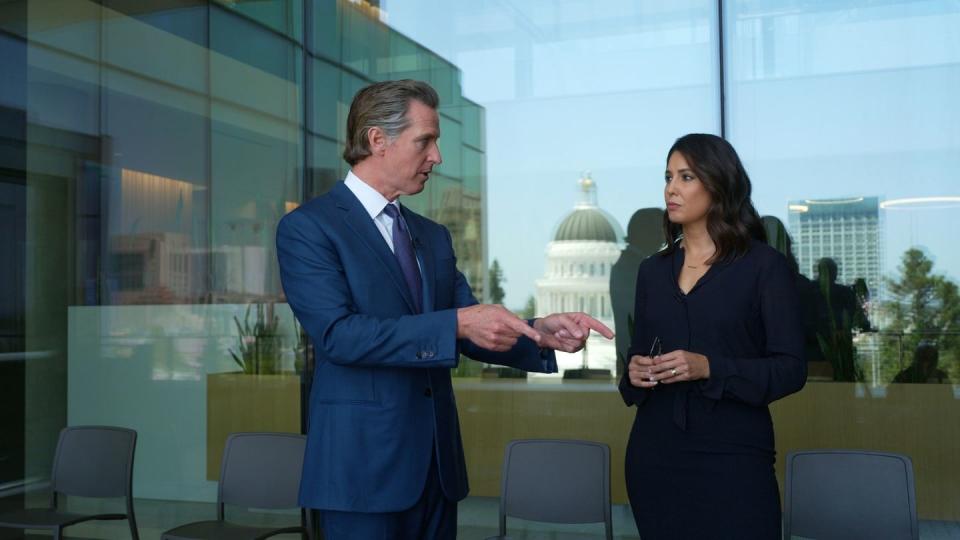
Vega would stay on through the beginning of the Biden years. But she had grown tired of her life dictated by someone else’s schedule, with news driven by the briefing room. While her contract was set to expire, Owens, the 60 Minutes executive producer, reached out. He had watched her work for several years by now and felt she should jump ship.
This should have been a quick yes for her. Very few people have ever gotten this call, this chance. How could she ever say no to 60 Minutes? But Vega had reasons to stay. ABC had been good to her, and she had a clear, steady career path upwards. Plus, she had concerns: 60 Minutes had no other Latino correspondents. Would she be different, too different for the show? And would she feel that difference daily?
“I told her she was correct,” Owens says. “There wasn't anybody who looked like her. But that’s one of the reasons this was important—there were lots of young Cecilia Vegas out in America who might have an interest in being a journalist. And seeing someone that looked like them doing this job at the highest level was important.
“But the people who work for this show, have to be able to do their jobs, right?” he continues. “Nobody's getting this job because it's the right thing to do. It's because they can do the work. Everybody here, from the broadcast associates to the correspondents, deserves to be here.” It January, Vega did come—to welcome arms and something of a sorority.
“I remember watching it as a kid and there was always one woman on the show,” says correspondent Sharyn Alfonsi, who first appeared on the show in 2015. “It was man-man-woman.” More recently, she recalled a meeting with Tanya Simon, the show’s executive editor. “It was with Leslie, Cecelia and me and I thought, ‘This is a moment, right? This is pretty cool. This is a senior producer and three women correspondents on the show and it doesn’t feel forced. It feels right.'”
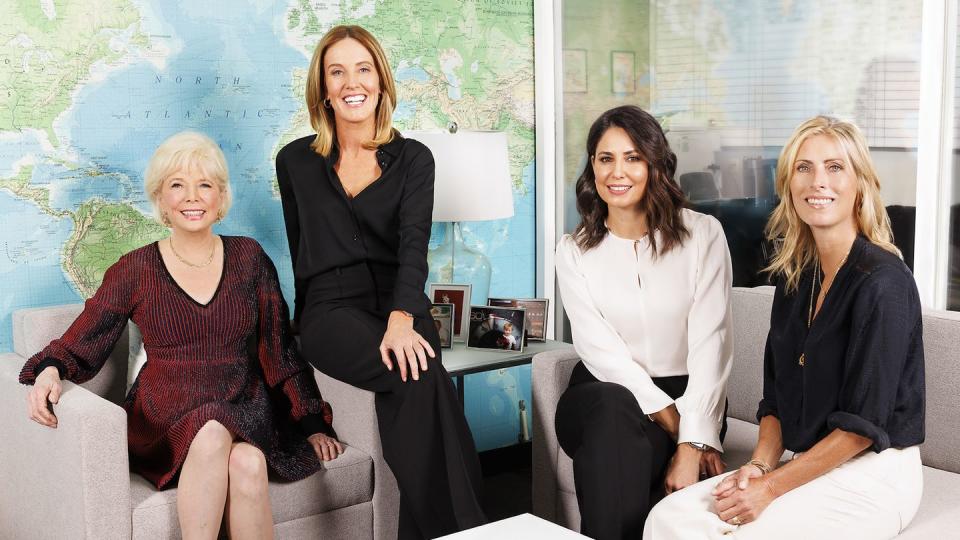
“There’s my life right there,” Vega says—pointing to a large, black roller bag. “Its name is the black suitcase.”
Vega, who lives in the capital with her husband, Ricardo Jiménez, who is now retired from the Californian Highway Patrol, is sitting in her empty office on the far West Side of Manhattan when we meet for a second time. In her short time as a 60 Minutes correspondent, she’s spent time with a Ukrainian grandmother, desperate to find her grandson taken from her by the Russian army. There’s been an interview in Puerto Rico with Ana Montes, following two decades in prison for espionage for Cuba. And she’s returned to the US-Mexico border to see first-hand the effects of Governor Greg Abbott’s go-it-alone “Operation Lone Star” border control tactics.
Vega’s part of a tradition now, one that quite literally has its own sound and cadence that she must make her own. But stepping into a landmark franchise means very little if you can’t add to its legacy.
“I just went back to watch some old pieces that Ed Bradley and Steve Croft did,” she says. “And I was like, ‘Damn, those guys are master classes in writing and storytelling.’ That’s goal. To do it in the style of the show, while still being me.”
You Might Also Like

